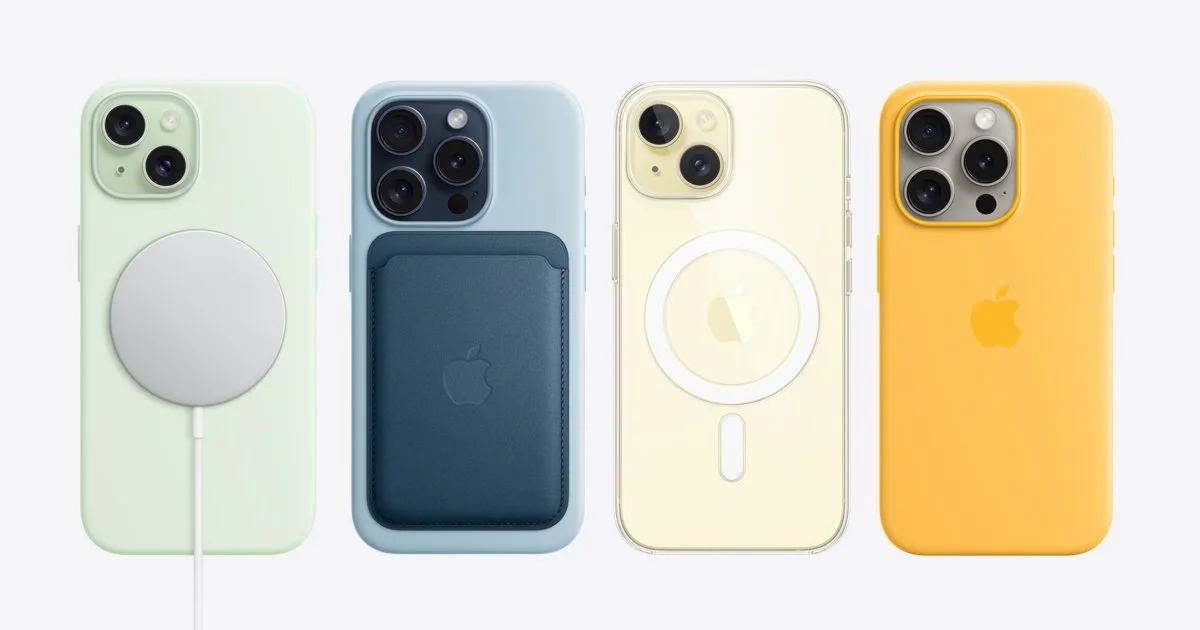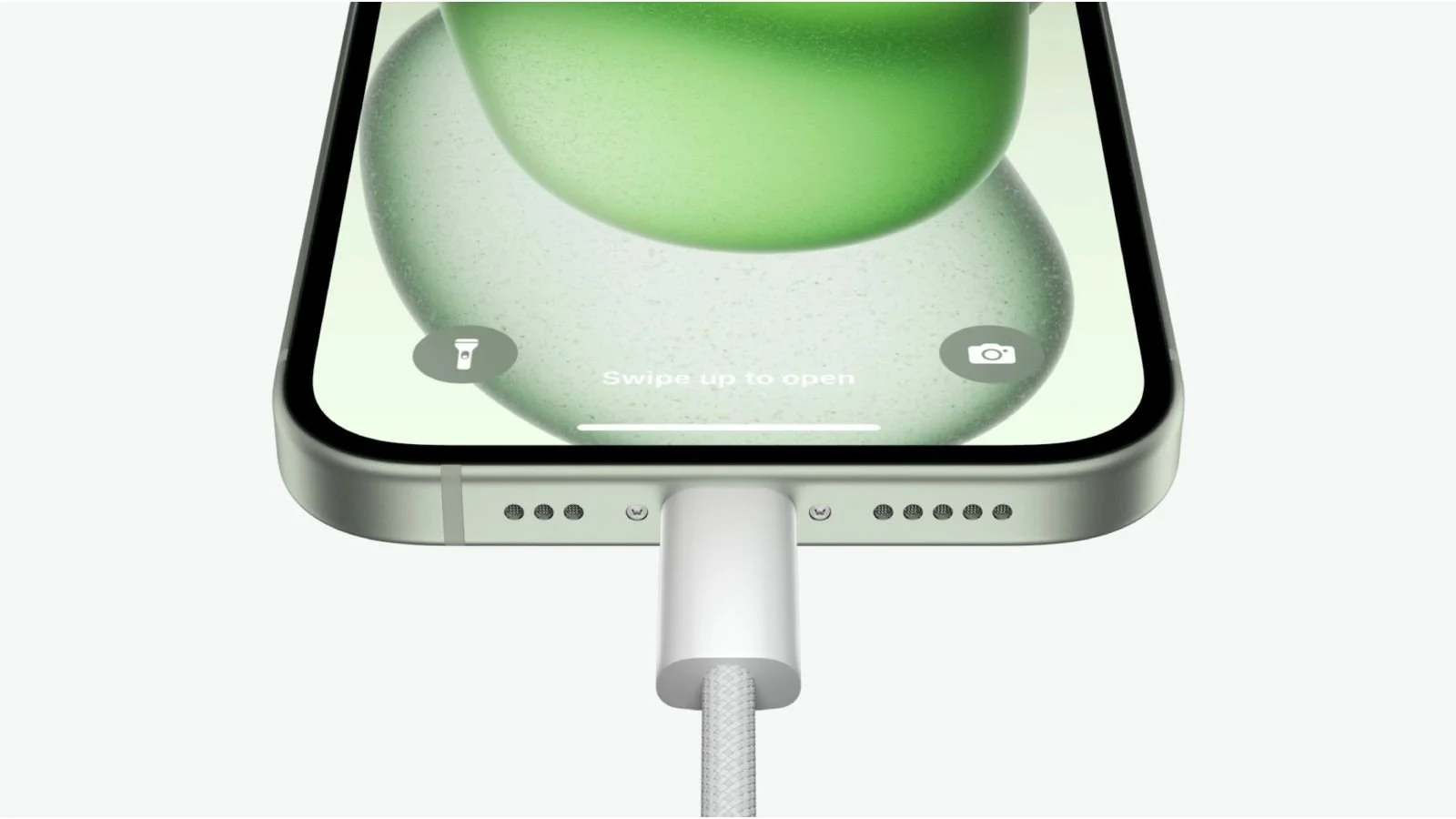
Interconnect Product Designer imagining the future of charging and antennas for the Apple ecosystem
Friction Testing
As the first in my team to deeply investigate friction, I planned and performed numerous tests to characterize each factor that affects the coefficient of friction between the glass back and various Apple MagSafe products. This data allowed me to develop friction and rotation margin requirements for multiple product lines and release testing SOP to oversea glass and top cap vendors. During this process, I also coded automated data analysis scripts in MATLAB to properly visualize and analyze the raw data from the load cell. I was ultimately able to save $53M/year and $200k worth of equipment and materials by developing friction testing standards to downselect the magnet architecture for future products, including the iPhone 17 Pro Max.
Antenna Design
I was responsible for the full design of an antenna build, starting from CAD to conducting design reviews with cross-functional stakeholders such as internal RF, Manufacturing, and System teams and external vendors. I also kicked off the prototype build and 2D drawings with the vendors. The design included high-volume injection molding, metal plating, PCBA design, CPSA, ultrasonic welding, and soldering. After testing, we were able to increase RF performance by 47% compared to previous generation products while de-risking a test failure we saw with concerns of cracking.
USB-C Cleaning Tool
Seeing that there’s no standard procedure or tool for AppleCare employees to remove debris from users’ devices, I developed a USB-C-optimized cleaning tool. I created a test plan and performed competitive analyses on existing cleaning products in the market from the dental and airbrush industry to characterize their cleaning effectiveness and quantify their design features: numbers of bristles, thicknesses, materials used, length of handle, etc. After extracting learnings from testing, I created my own custom design with dimensions derived from hand calculations to meet my requirements of removing debris represented by packed lint, not damaging the side springs or contacts within the connector, minimizing deflection and maximizing strength at its worst case loading scenario, and fitting inside the connector. By the end of my internship, I was able to kick off prototypes of my overmolded cleaning tool design with external vendors. This tool will be used on the scale of 100,000s of employees.
Connector & SIM Drawings
I supported initial tooling releases of 2D drawings for the iPhone 17 lineup including various USB-C connectors and dual and single SIM card holders. I utilized GD&T skills and worked closely with the primary Product Design Engineers to accurately datum and dimension critical features. Within the drawings, I also included inspection tracking on required measurements to collect FAI and Cpk data in order to statistically measure the capabilities of the manufacturing process.
Mechanism Prototyping
I defined the requirements for and rapidly iterated on novel attach mechanisms using 3D-printed parts to create a reliable, intuitive user experience in all use cases. Identified key variables on mechanism to change, creating 16 different variations that tested numerous mechanism designs based off of user feedback. Created higher fidelity machined prototypes for final design, and presented prototypes to leadership for design evaluation.




